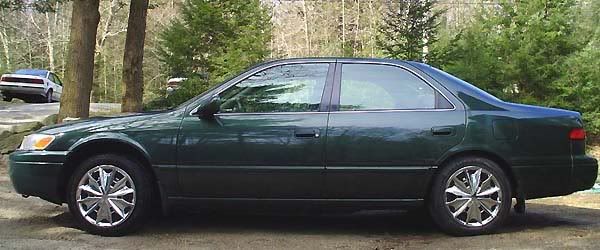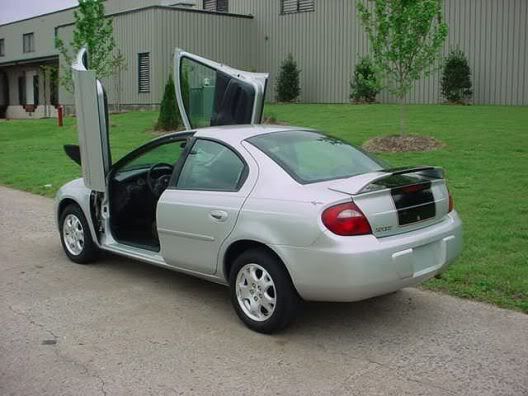Who wants to be an ultimate fighter? If you want to be one, you have to endure getting punched and kicked in the face, slammed to the floor, choked, and be exposed to a million types of submissions to the arm, leg, and neck. You would have to pay me some BIG bucks to put my butt on the line. Yes, you could be so skilled that you could walk into that cage and come out unscathed. Just ask Anderson Silva, the current UFC Middleweight Champion. He is a veteran in the sport of mixed martial arts (MMA), fighting all over the world, predominantly in Japan. In his first UFC debut, he defeated up and coming Chris Leben by KO in the first round...and it only took him 49 seconds. He hit with 100% accuracy...which no one has seen before, landing all his blows. Silva received his shot at the title against the UFC Middleweight Champion against Rich "Ace" Franklin. Another devasting KO ensued, with Silva's hand raised at the end. Franklin suffered knees to the body and a final knee to the face that knocked him out, and in the process, broke his nose. This took Silva only 3 minutes to complete this task. And what did Franklin, the UFC's poster child and 2 time defender of the Middleweight belt get paid for his severe beating and broken nose? A measly $21,000. In an age where boxers get paid $1 million for a fight, and only get punched in the head, these UFC fighters are not getting paid well at all. Below is a breakdown of the salaries in the same UFC event where Silva defeated Rich (salaries courtesy of
MMAWeekly.com):
UFC 64 Fighter Salaries
Event took place on October 14, 2006 and aired on pay-per-view
Title Match & Main Event Fighters
-Anderson Silva: $50,000 (defeated Rich Franklin)
-Sean Sherk: $22,000 (defeated Kenny Florian)
-Rich Franklin: $21,000 (lost to Anderson Silva)
-Kenny Florian: $8,000 (lost to Sean Sherk)
Main Card Fighters
-Cheick Kongo: $20,000 (lost to Carmelo Marrero)
-Jon Fitch: $20,000 (defeated Kuniyoshi Hironaka)
-Spencer Fisher: $20,000 (defeated Dan Lauzon)
-Kuniyoshi Hironaka: $6,000 (lost to Jon Fitch)
-Carmelo Marrero: $6,000 (defeated Cheick Kongo)
-Dan Lauzon: $3,000 (lost to Spencer Fisher)
Preliminary Match Fighters
-Yushin Okami: $12,000 (defeated Kalib Starnes)
-Clay Guida: $6,000 (defeated Justin James)
-Kalib Starnes: $5,000 (lost to Yushin Okami)
-Kurt Pellegrino: $4,000 (defeated Junior Assuncao)
-Junior Assuncao: $3,000 (lost to Kurt Pellegrino)
-Justin James: $3,000 (lost to Clay Guida)
Disclosed Fighter Payroll for UFC 64: $209,000
Yup, $21,000 for a successful CHAMPION of the UFC. Champions usually fight around two times a year, maybe 3 at most, to give time for training and healing between events. And with each successful win, the pay goes up...but only around $2-3k on the average. There is a win bonus for champions, usually close to the same amount as their salary, so if Rich won, he would have received $40,000. This year, he only fought twice, one win and one loss. He earned $32,000 for his win, $16,000 for showing and another $16,000 for winning (cited from
MMAWeekly.com). So let's add this year's earnings for Rich...that reaches a grand total of...drum roll...$53,000. That barely covers his costs for his constant training, his training camps for fights, his wife and daughter, etc. Training costs enormous amounts of money, especially since he trains with great fighters. Does a CHAMPION deserve to get paid this measly amount? I totally disagree. Luckily, Rich is sponsored by Xyience, an enegry product, which probably pays him $1 million a year. But not all fighters are this lucky.
Most fighters, aren't sponsored at all, and when they are, it usually pays for their training. Just look at the fighters payscale above...many of the fighters only earned $3000-6000. If they lose, they might not come back to the UFC, so they basically made $6000 that one year. Other fighting organizations usually pay a few hundred dollars to their fighters, with the bigger winners taking home maybe $5000. Consider health costs, training, foods and supplements, etc. These fighters are not getting paid enough to fight as a career. Most of them have other jobs to support themselves and their families, hoping that one day, they can be a champion. Unless you are Chuck Liddell, who earns 6 figures per fight, with a million dollar sponsorship by Xyience, you aren't doing well. There aren't many fighters in the UFC who get that type of salary. Just think of how much the UFC gets per event. Usually, an event seats about 10,000 people. Tickets range from $50-500. Let's just say the average ticket price is around $150, since there are less expensive seats and more cheaper seats. The event alone already brings in $1.5 million. And don't forget PPV. With so many viewers, usually around 150,000, and at $39.95 a show, UFC gets about $6 million in PPV sales. So a measly $209,000 goes to ALL the fighters combined?
Bottomline, UFC fighters should get paid more for what they do. They don't work their butt's off to get paid $3000. We can all sit at a desk and get paid $3000 monthly without breaking a sweat. Please, pay these fighters what they deserve.
Labels: misc, money









